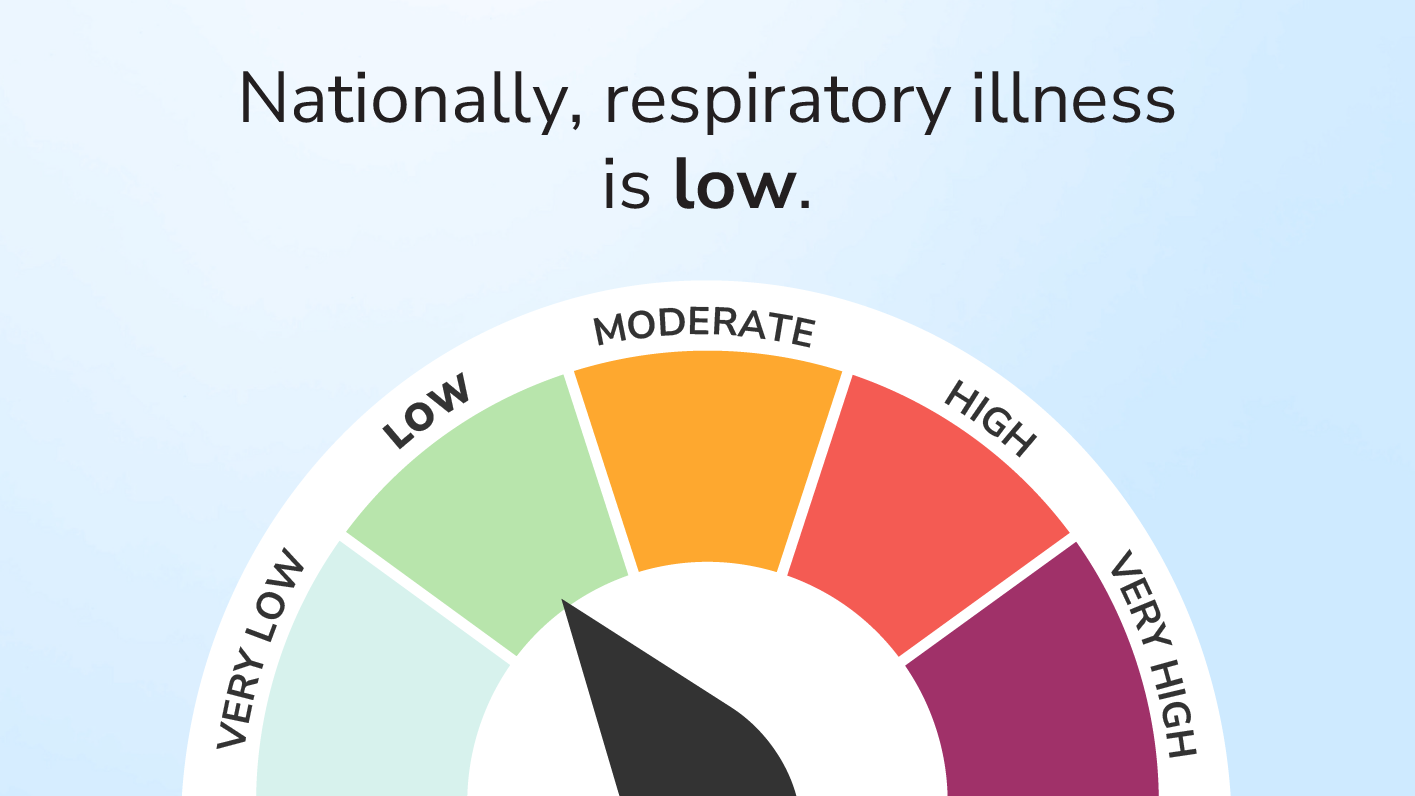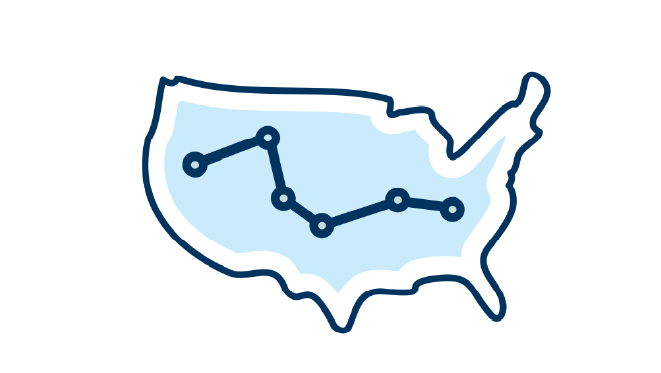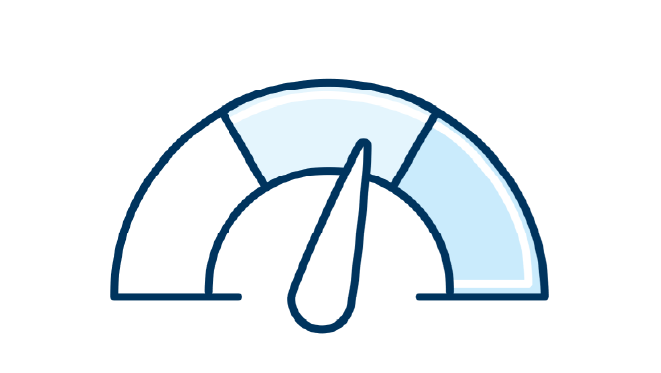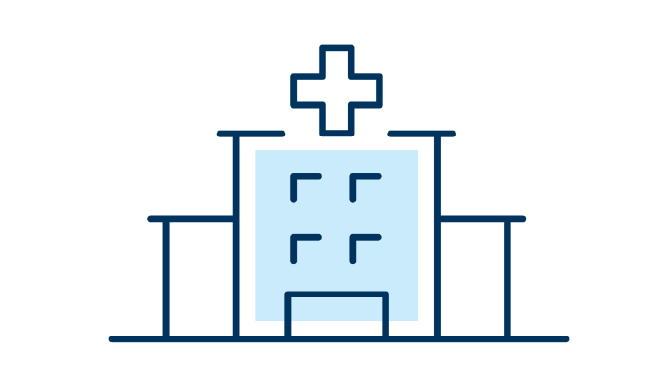What to know
- As of December 19, 2025, the amount of acute respiratory illness causing people to seek health care is at a low level.
- RSV activity is increasing in the Southeastern, Southern, and Mid-Atlantic areas of the country with emergency department visits and hospitalizations increasing among children 0-4 years old.
- Seasonal influenza activity continues to increase across the country.
- COVID-19 activity is low nationally.

Season Outlook
CDC continues to expect that the fall and winter respiratory disease season in the United States will likely have a similar number of combined peak hospitalizations due to COVID-19, influenza, and RSV compared to last season. Read more: 2025-2026 Respiratory Disease Season Outlook - December Update | CDC
Protect yourself and your community
- Explore resources and recommendations for older adults - Stay informed and protected
- Review tailored health recommendations for high-risk individuals
- Feeling ill? Take immediate steps to protect yourself and others – Start here
- Have symptoms? Consider wearing a mask
- Take action against germs – Practice good hygiene
Continue exploring these data
Explore related data
Anticipated trends for COVID-19 infections, based on modeling, are displayed at the national and state levels.
Wastewater (sewage) data specific to SARS-CoV-2, the virus that causes COVID-19, are displayed at the national, regional, and state levels. These data can provide an early signal of changes in infection levels.
COVID-19 variants and genomic surveillance data are displayed for the nation.
Nursing home data on vaccinations, cases, and hospitalizations for COVID-19, flu, and RSV are displayed at the national and state levels.





